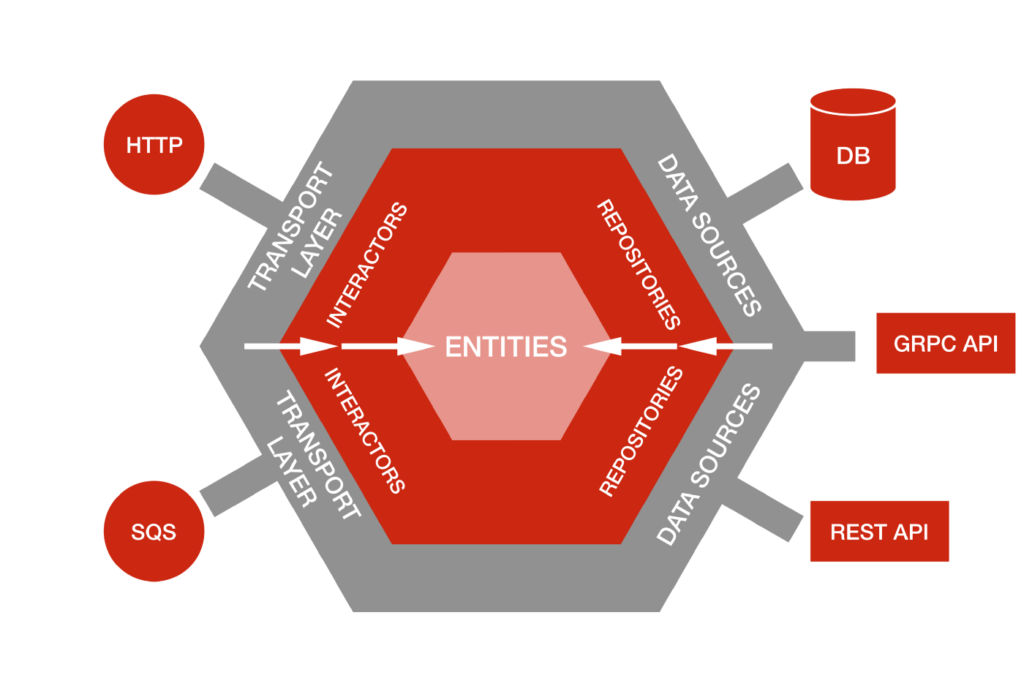Architecture
Keep it simple
- Choose boring technology: Bringing in a new technology is expensive to a business, and a team. Everyone has to learn how it works, how to support it, and how it fails. Make sure you do this for good reasons
- Single dependency stacks: This sounds delightful. Code + db. That’s it!
- Monolith first: I’m currently in the monolith first camp. At the most recent 2 companies I’ve had the privilege of working at, one went to microservices too quickly and was quickly followed by pain (eg monitoring strategy wasn’t sufficient for lots of tiny services). The other company built a well factored monolith that has been a joy to work with, run in prod and debug!
Batch jobs
- Job scheduling at Dropbox: Requirements:
- Priority scheduling
- At least once execution
- Only 1 instance of a job is running at a time (no concurrent execution of the same job)
- SLA: Guaranteed start time of a job after submission is 5 seconds (95th)
- High availability of the platform
- Tasks should be idempotent since they can be restarted on failure
Hexagonal
Hexagonal Architecture: A Netflix blog post talking about organizing a program into layers, and responsibilities in the Hexagonal Way). The principle objects they call out are business entities, repositories, services, data sources, and transports. Seems to me like you can go a long way with just these concepts and come to a well factored program.

Concepts
- Entities
- Repositories
- Services
- Data sources
- Transports
Links
- 4+1 architectural view model
- Decomposing the monolith: Shopify talks about the benefits and drawbacks of both monolithic and microservice architectures. They decided they didn’t want the overhead of microservices but did want to strengthen the boundaries between functional areas within their monolithic app. (eg shipping rate calc vs tax calc)
Design stamina
The ease at which new features can be added to a system over time will vary. If a team slows down overly much, it may be time to think about an architecture that may address the pain points being felt.
Monolith first
More goodness from Martin Fowler!
As I hear stories about teams using a microservices architecture, I’ve noticed a common pattern.
- Almost all the successful microservice stories have started with a monolith that got too big and was broken up
- Almost all the cases where I’ve heard of a system that was built as a microservice system from scratch, it has ended up in serious trouble


